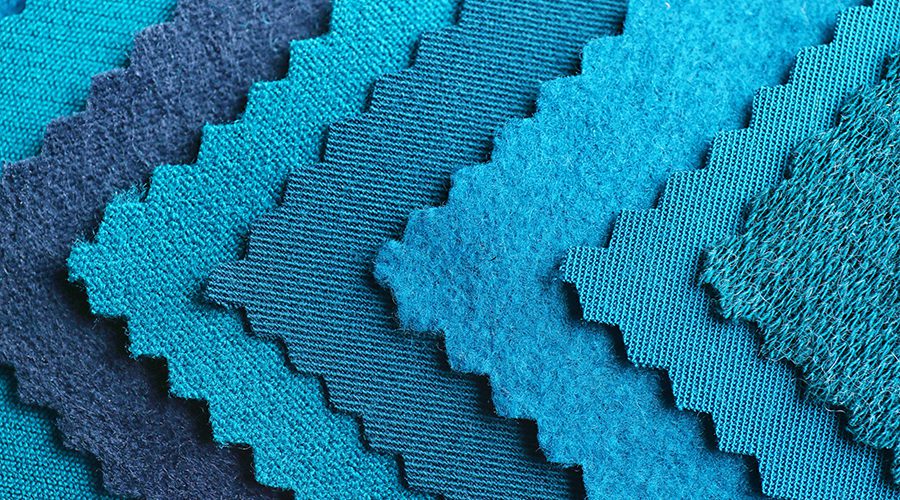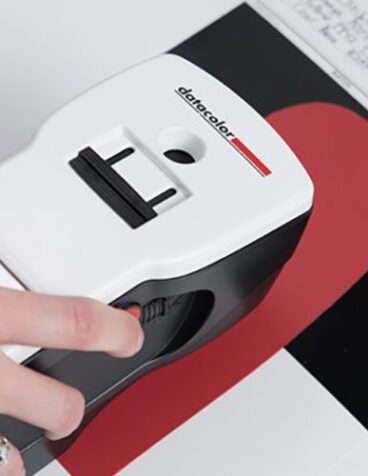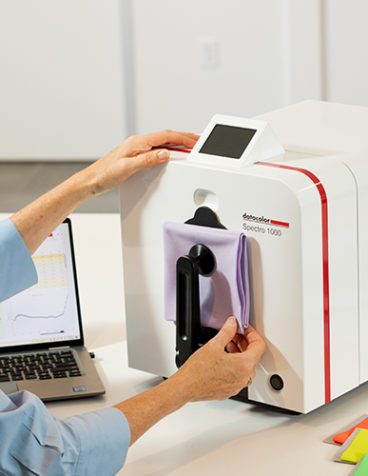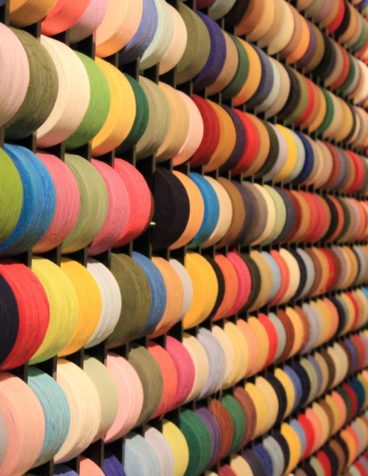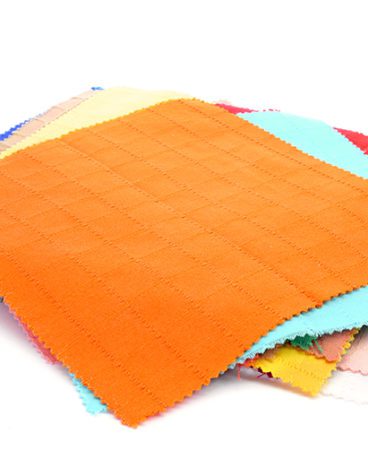
The task of color measurement on smooth surfaces is made easier with the support of color measurement instruments (Spectrophotometers) that are configured to simulate a fixed, specific angle of sample illumination and sample viewing. However, as a color professional, you are often challenged to provide accurate data on hard to measure surfaces, such as textured plastics, carpet, woven material, etc. Due to the uneven surfaces – for spherical geometry instruments- best practice dictates rotating the sample at various orientation and having the system average the measurements to achieve the best results.
This, of course assumes your instrument offers high repeatability and consistency between each of these measurements. However, not all instruments are created equal to provide you with consistent measurement data.
We recently conducted a sample rotation test on multiple textured surfaces with the Datacolor 800 vs a competitive instrument, the result speaks for itself.
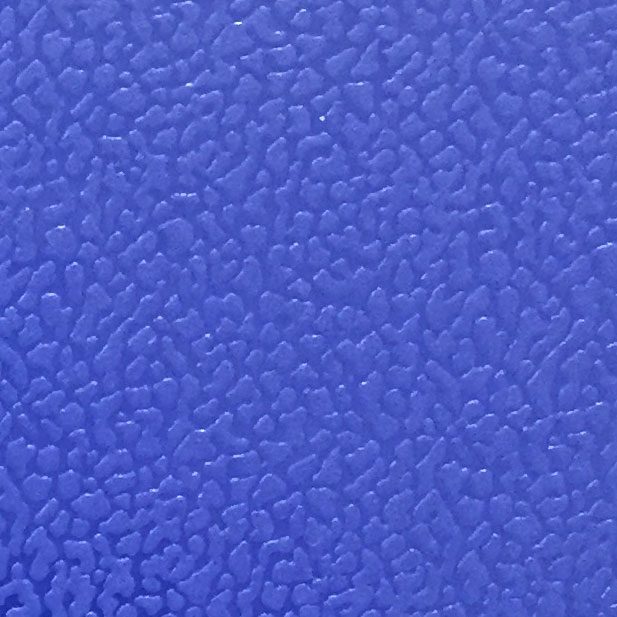
Figure 1. Example of the sample surface measured

Figure 2: Average dE CIE Lab* measurements at 3 different measurement angles (90˚, 180˚ and 270˚) by two instruments on
multiple textured surface and color
As you can see, the DC800 produces more consistent measurements with varying sample orientations. Therefore, you can achieve greater accuracy with fewer measurements than with the competitive instrument.
For more information on this test, contact me directly. I strongly believe with the right instrument you can achieve greater consistency in your measurement data and regain the confidence in your color decisions.
Want more color industry tips, tools and trends delivered straight to your inbox? .

If you’d like to learn more about Jeff: Click Here

